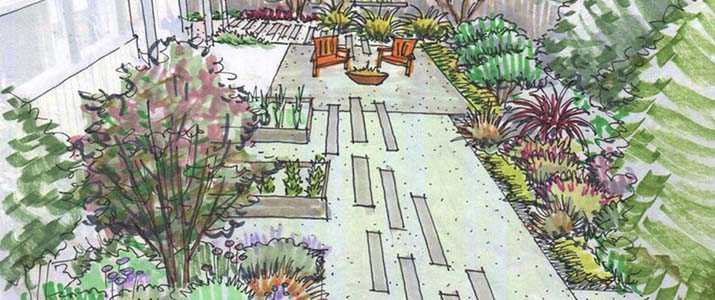Planning your native garden
Any garden style can be achieved using local native plants. From formal gardens to natural “bush” style backyards, let your creativity run wild. When planning your garden firstly you should think about how you use your garden and what habitat features you already have.

Other important things to consider to ensure that your plants have the best chance of success include:
- Plants suitable for your location
- Soil type
- Sunlight availability
- Soil moisture
- Plant height
Get to know your garden
Spend a little time observing your garden as it is now. Consider what is working well in terms of how you use your garden and what habitat features you already have. In most cases you will be able to use your current garden features and build on that to increase its habitat values.
Follow the steps below to help you plan your garden.
Step 1 - Check what plants are suited to where you live
Location plays an important part in determining what plants will thrive. It can be a little complicated, so we’ve simplified it into three main groups or native vegetation zones that occur in the Inner West.
These zones are:
- Zone 1 – Sandstone Slopes Forest and Woodland
- Zone 2 - Sydney Turpentine-Ironbark Forest
- Zone 3 – Wetland Complex (includes swamp oak forest, saltmarsh and reedlands)
You can find out which plant zone you live in by checking the map below.
Plant species associated with each vegetation zone can be found in the ‘Native plants of the Inner West’ section of this webpage. Remember, this map only a guide based on the estimated original vegetation cover of the Inner West area prior to 1750. It was created by using information on what vegetation occurs now, what we know from historic records and other physical characteristics such as geology, soil, elevation and drainage. There will be lots of other current local environmental factors that influence what types of vegetation may do well in your area and in your garden.
Different plants often grow together naturally as they have similar requirements in soil, sunlight, drainage and other environmental factors. These groups are often called vegetation communities.
Inner West Vegetation Zones Map
Click on the map to enlarge and zoom in.
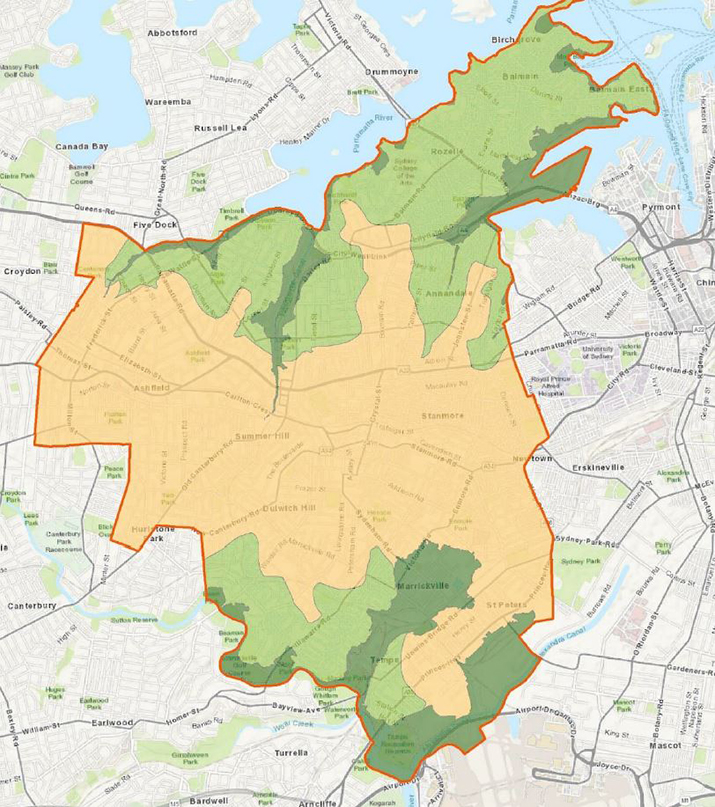
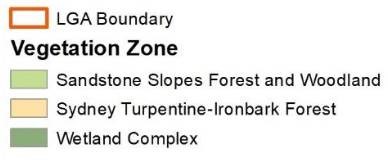
This map should be used in addition to the other steps below to guide your native plant species selection for your garden.
Step 2 - Check your soil type
Knowing your soil type is an important step to working out your soil’s ability to hold and retain nutrients and what plants will grow best. You may need to dig 30 to 50cm down through the topsoil to find your true soil type. If you are planning on digging any deeper don’t forget to do a Dial Before You Dig search first to make sure you don’t hit any pipes or other services buried underground.
Clay soils
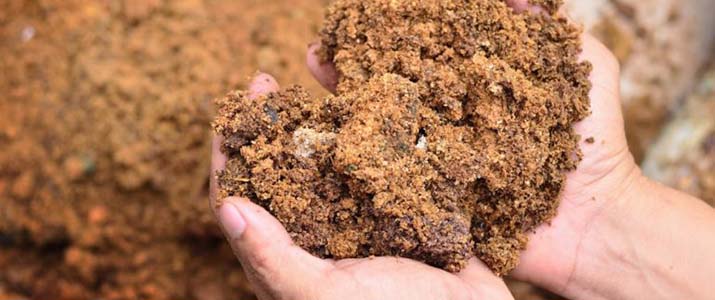
- sticky to touch when wet
- forms large clumps, making digging difficult when dry
- holds water for a long time and takes a while to dry out
- rich in nutrients
For gardens with predominantly clay soils, you could choose:
- Thyme Guinea (Hibbertia serpyllifolia) and Yellow buttons (Chrysocephalum apiculatum) as ground covers.
Sandy soils
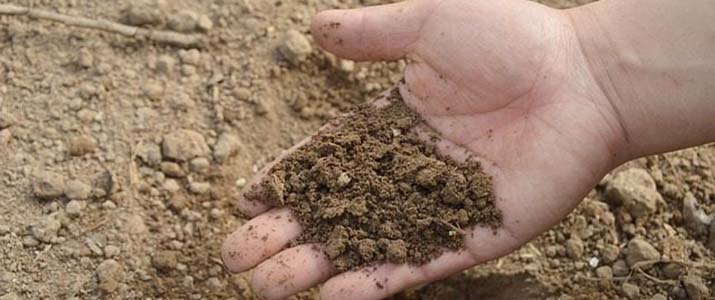
- gritty to touch
- water drains away quickly
- nutrient poor
For gardens with predominantly sandy soils, you could choose:
- Pigface (Carpobrotus) as a ground cover
- Australina Indigo (Indigofera australis) and Common Hop Bush (Dodonaea triquetra) and Buckthorm (Pomaderris intermedia) as shrubs
- Golden wattle (Acacia longifolia) as a tree
From left: Carpobrotus, Indigofera australis and Dodonaea triquetra
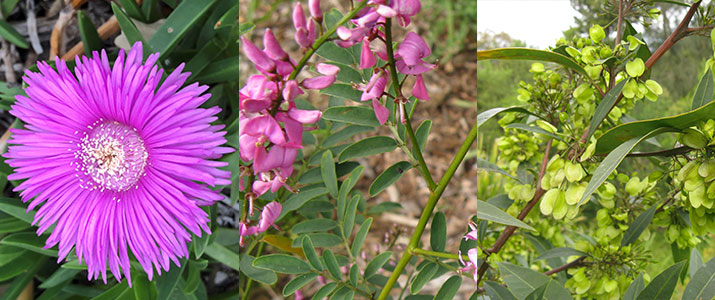
Silty soils
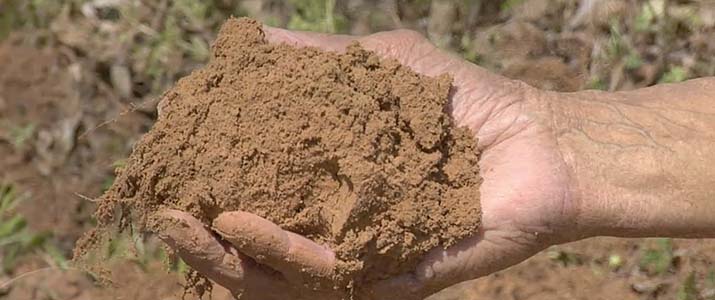
- smooth to touch when wet
- water drains away slowly
- fairly fertile
- a mixture of clay and sand
For gardens with silty soils you could choose:
- Hop goodenia (Goodenia ovata) as a ground cover
- Blue flax lilly (Dianella caerulea) as a small shrub
Step 3 - Check your soil moisture
Soil moisture can be influenced by soil type, slope and proximity to a natural water source.
- If your soil is often wet and boggy, choose plants that prefer wet soils.
- If your soil is always dry, choose plants that prefer dry soils.
- It is also worth testing to see if your soil is hydrophobic. This means the soil repels water instead of absorbing it. Depending on the condition of your soil, working organic compost into your soil may help increase water absorption or you may need to apply a wetting agent.
.jpg)
Step 4 - Check your sunlight availability
Before planting, take time to observe your garden at different times during the day, watching how the sunlight moves across the yard.
- If your garden is shaded for most of the day, perhaps by a house or large tree, choose plants that prefer lots of shade.
- If your garden gets harsh western sunlight for most of the afternoon, choose plants that prefer full sun.
- If your garden gets both sun and shade, choose plants that prefer partial sun.
Different plants need different levels of sunlight to grow. In general, plants with dark fleshy green leaves will be more tolerant of shade while plants with small thin leaves will be happier in full sun.
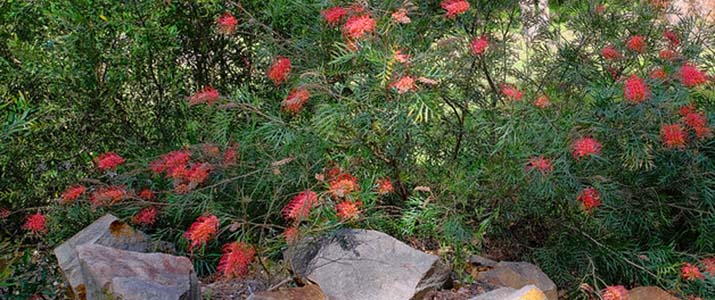
Step 5 - Check how much room your garden has
Consider the space available for plants and how big they grow. Sometimes it’s better to plant less and infill with more plants if there is still room available.
Many natives that grow to 2 metres can be planted in pots. This is a great alternative if you only have a small garden or a balcony.
Remember: Trees should be planted away from electricity lines and at least three metres from buildings.
%20(1).jpg)
Step 6 - Decide what type of garden you are trying to create
There are all sorts of reasons for creating a native garden. Some of the benefits include:
- Low maintenance
- A garden full of colour all year
- Screening out a neighbour’s property
- Creating a shady area to sit
- Reducing your need to mow and maintain grass and
- Creating a safe place for local wildlife to live and visit
The Creating your garden section provides information on how to create different garden types, including gardens that flower all year and gardens that attract local wildlife.
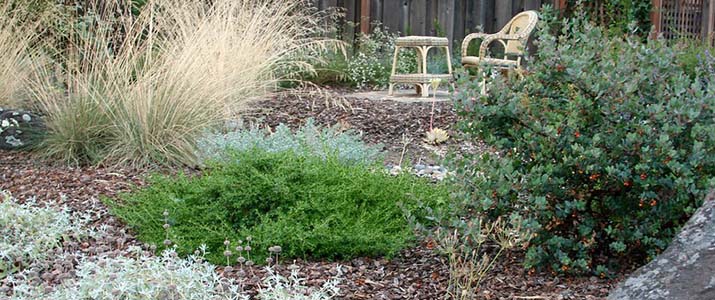
Step 7 – Draw a sketch of your garden plan
This step is optional, but it may help you work out the layout of your planned garden, e.g. where you might include a small pond and locations of new plants, etc.
Work out how this might fit in with existing or planned paths, decking or garden beds.
You may decide to seek professional help from a landscape designer or landscape architect for this part if you are doing major renovations to your garden.
There are also many tools available online to help you to design your garden. For smaller projects however, a simple sketch of your garden may be all that is needed.
